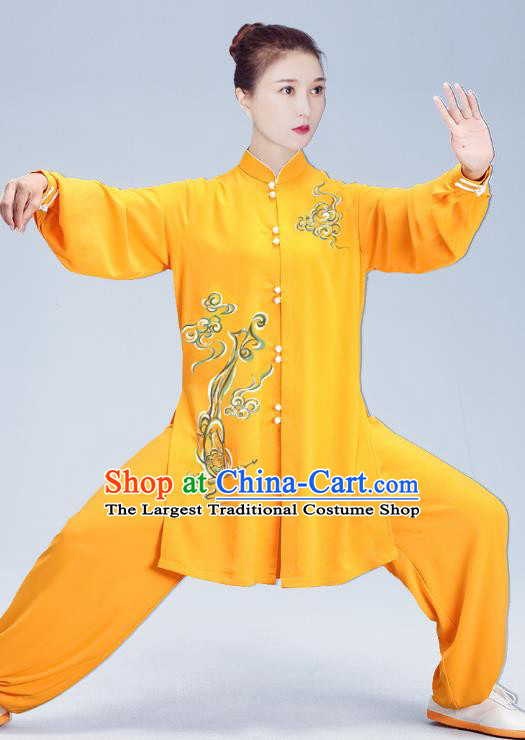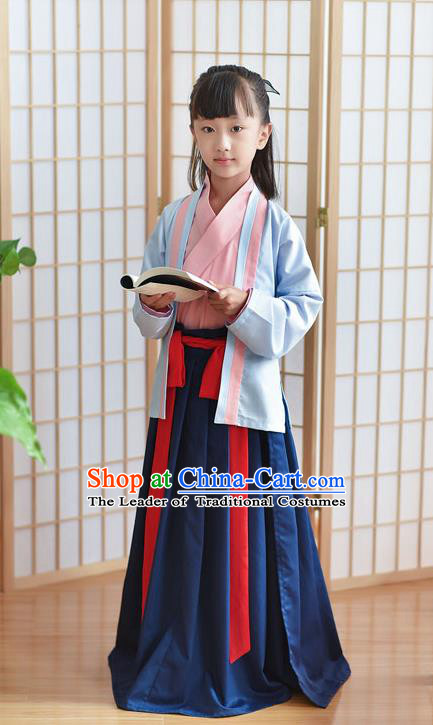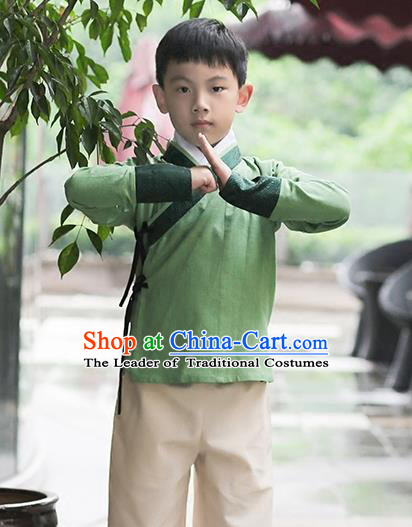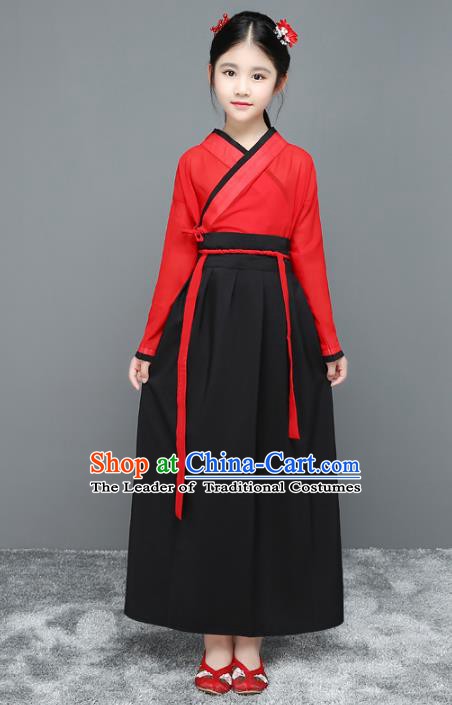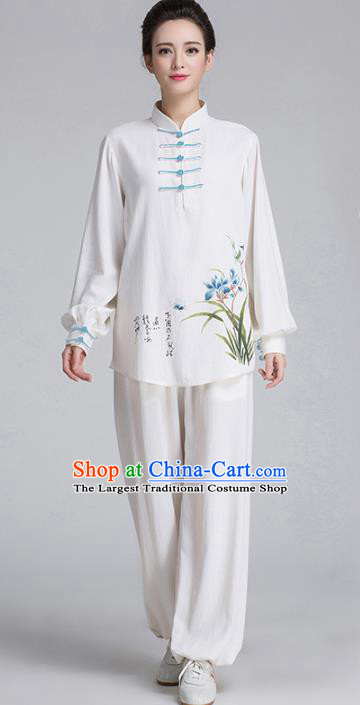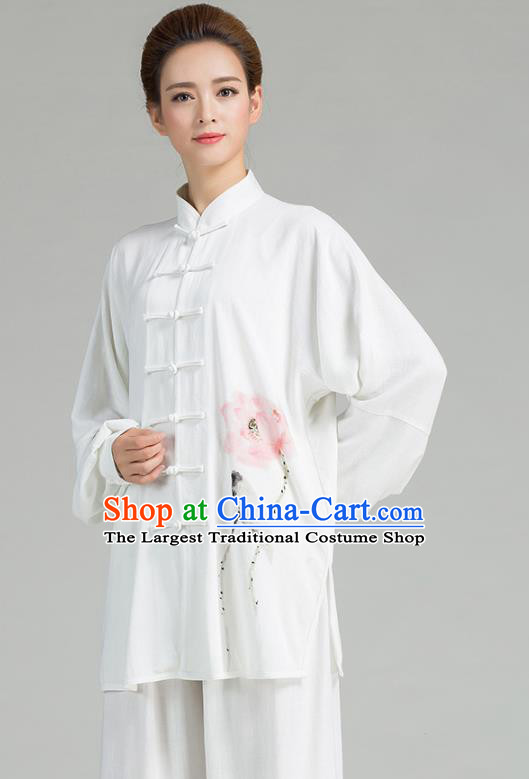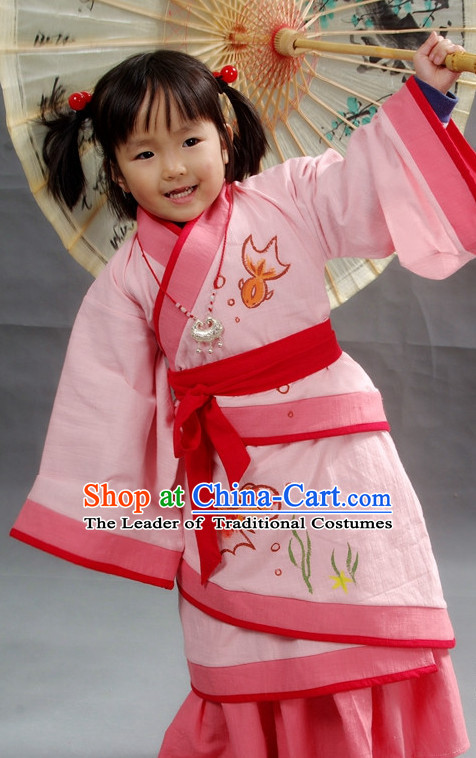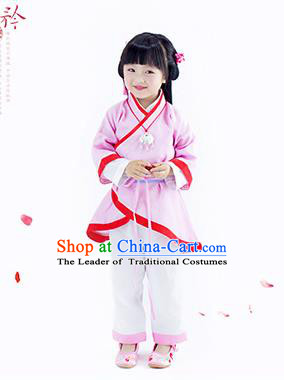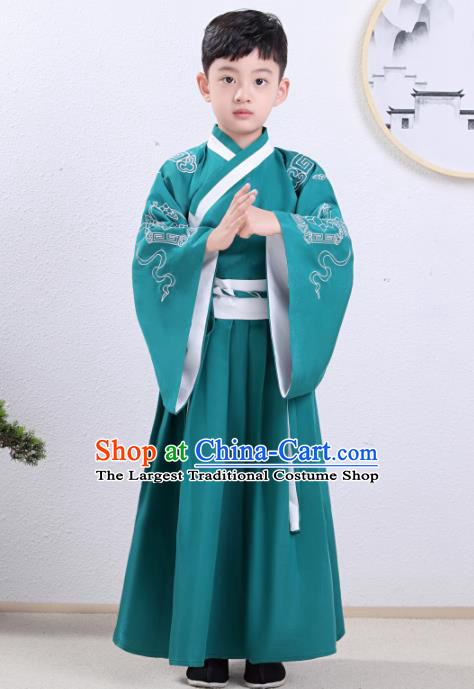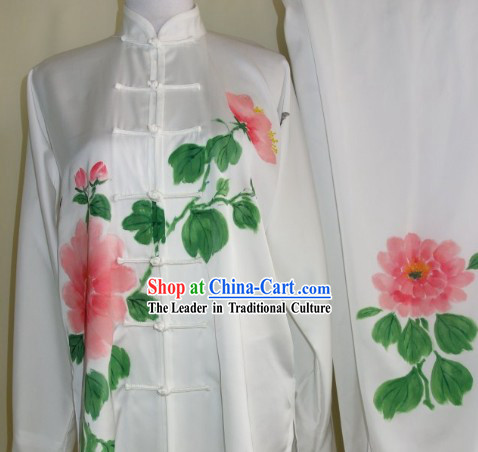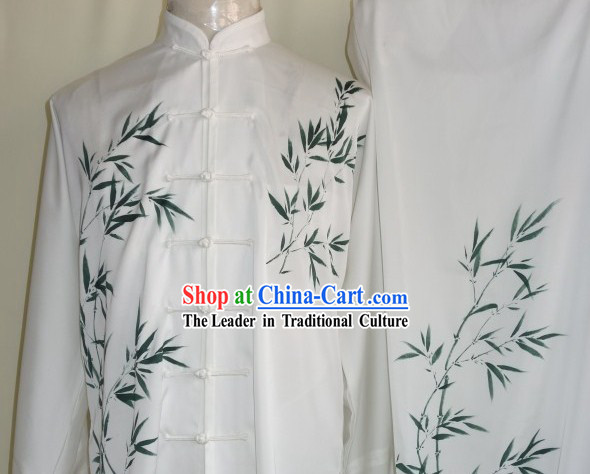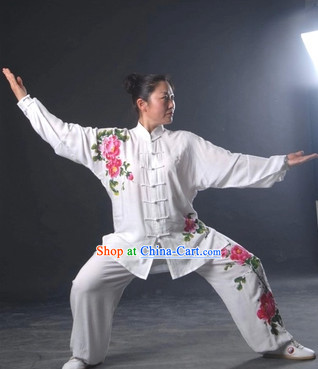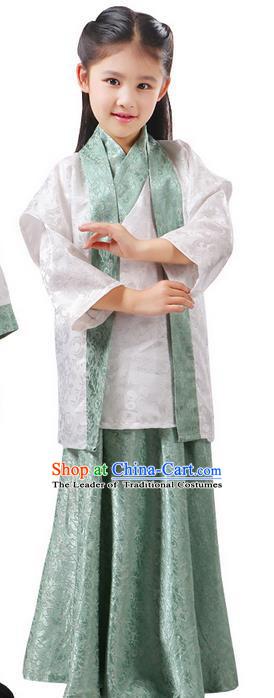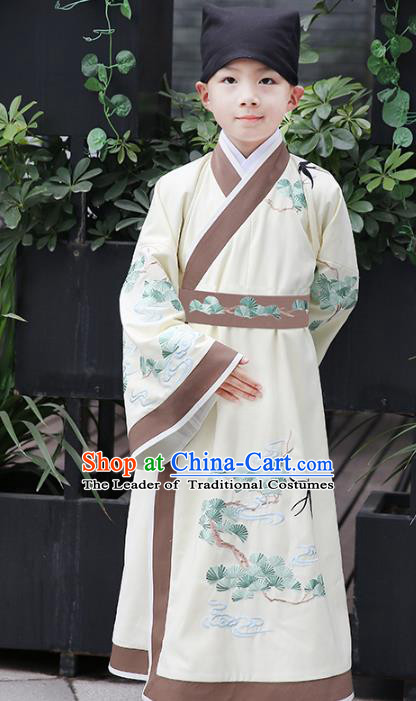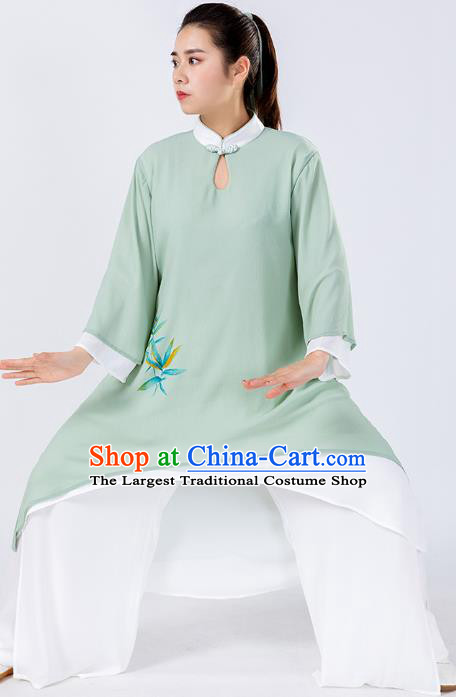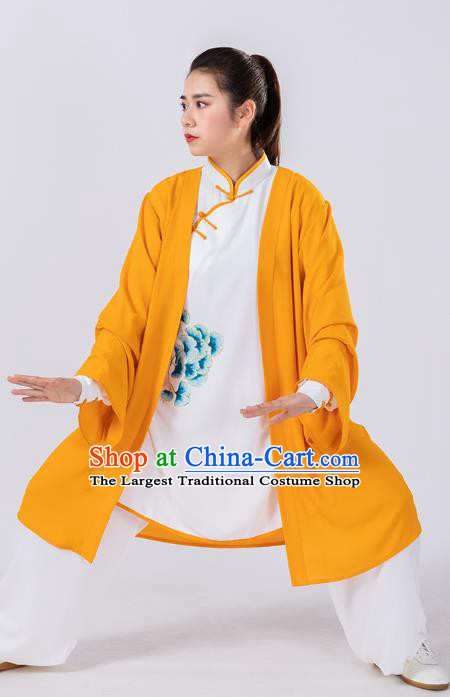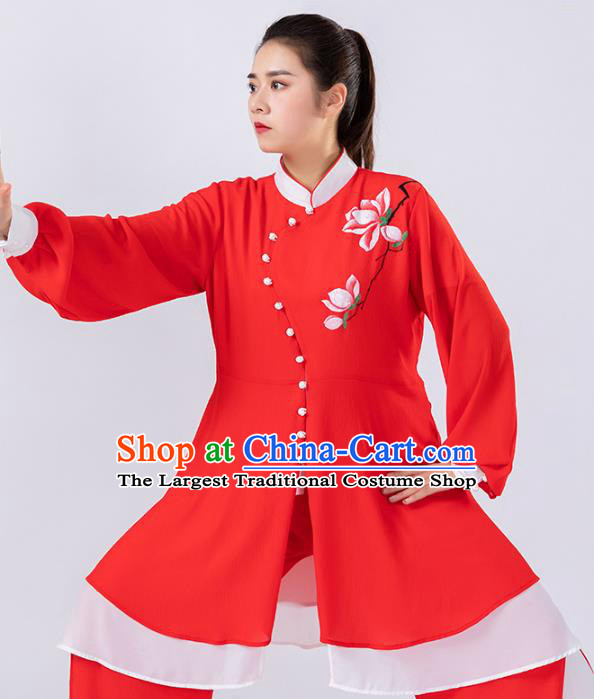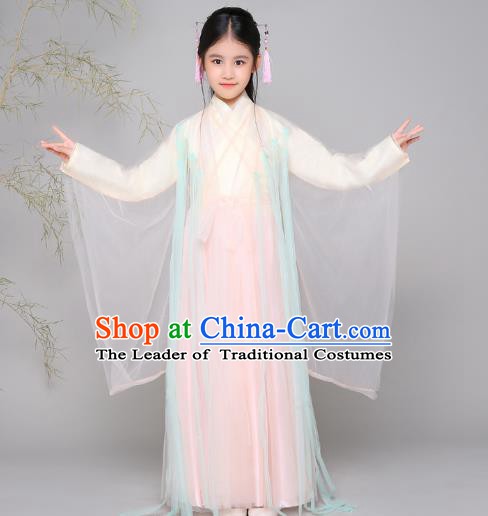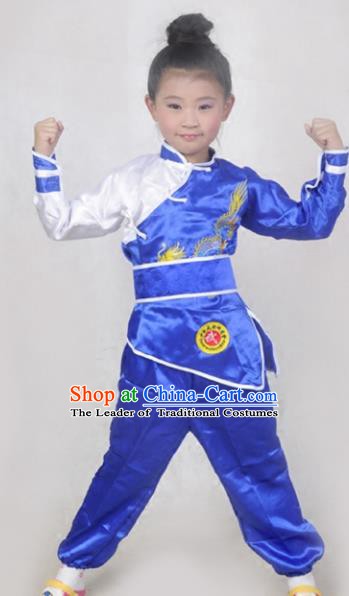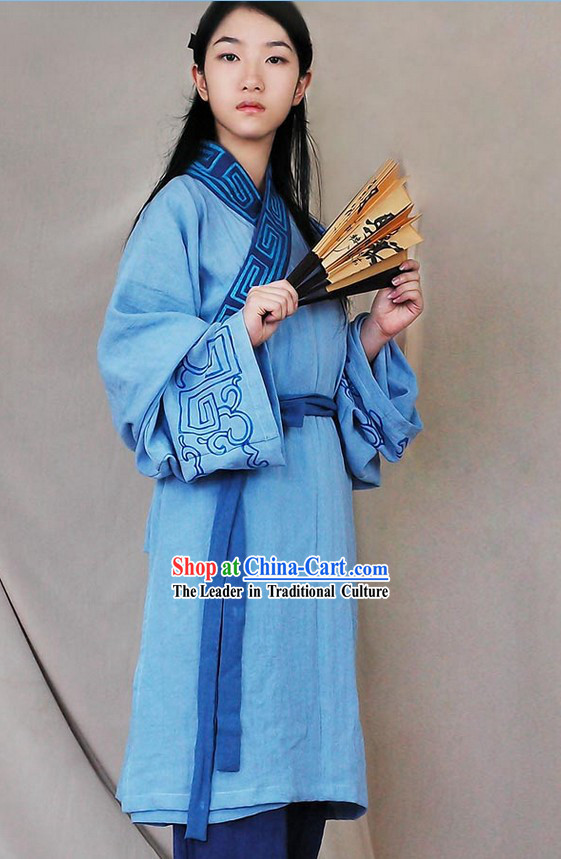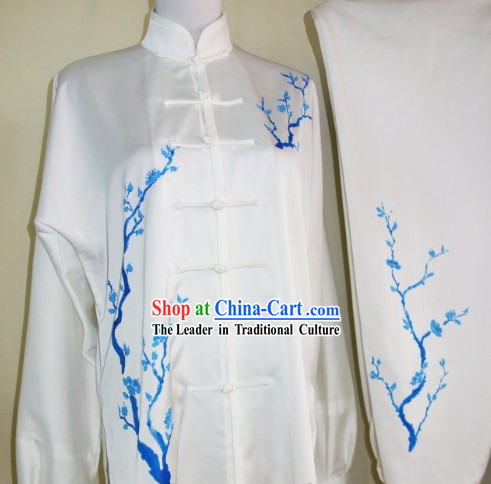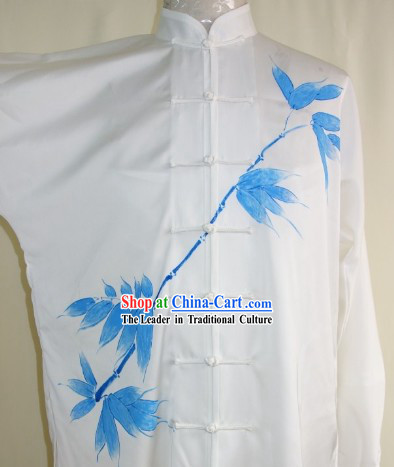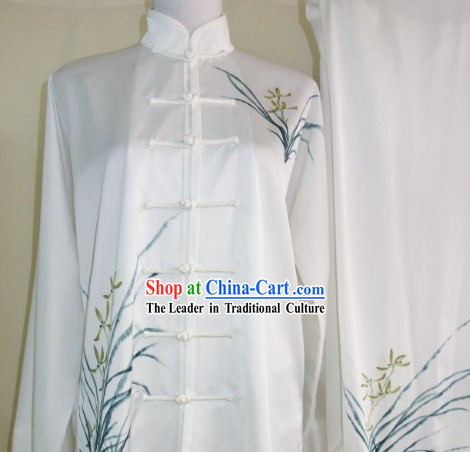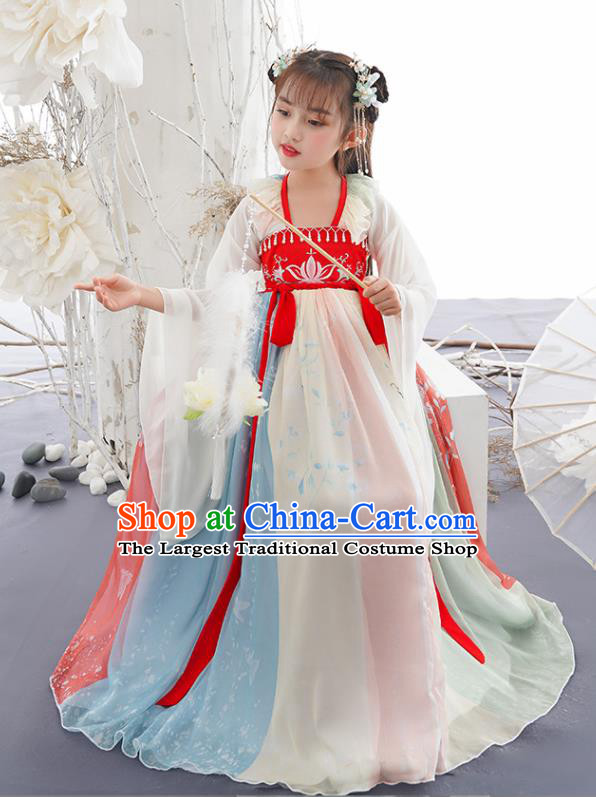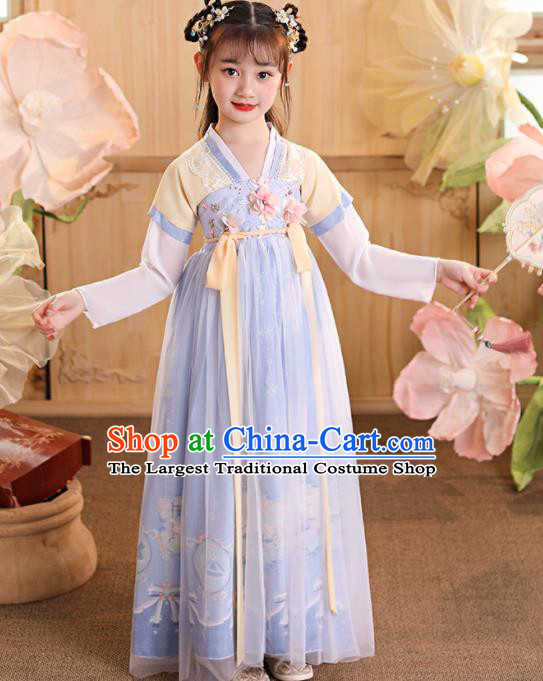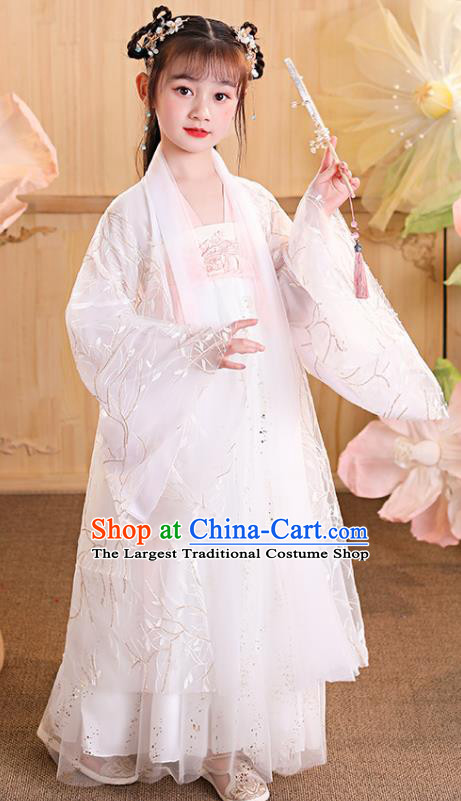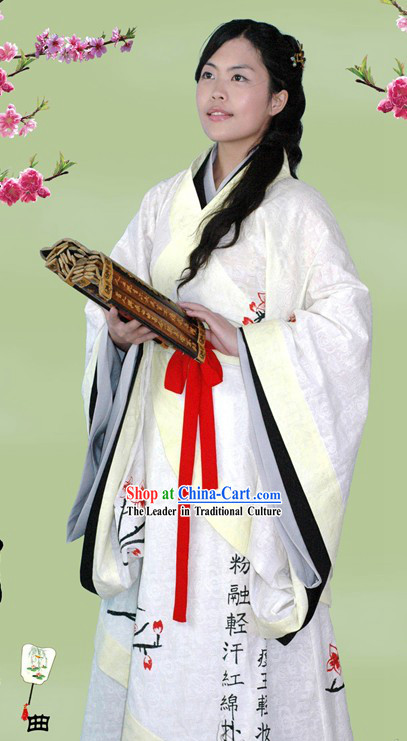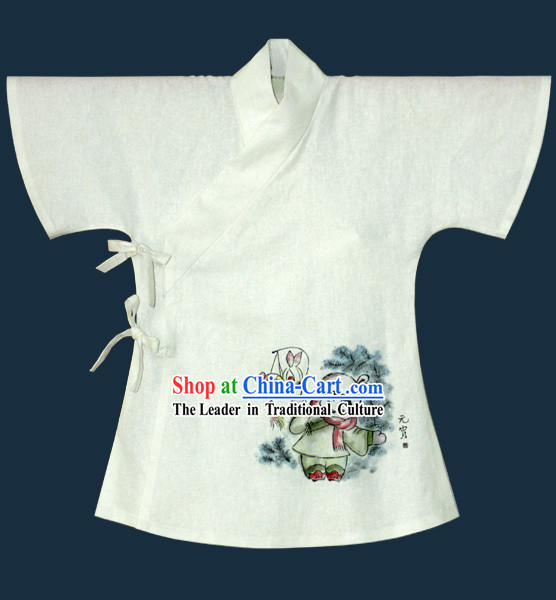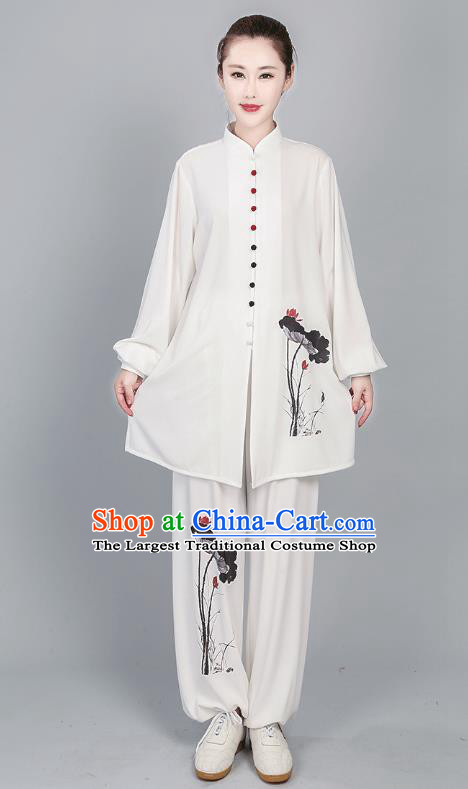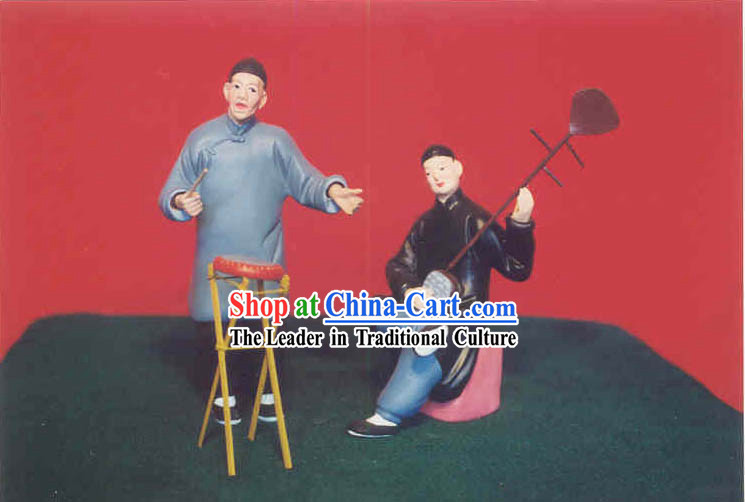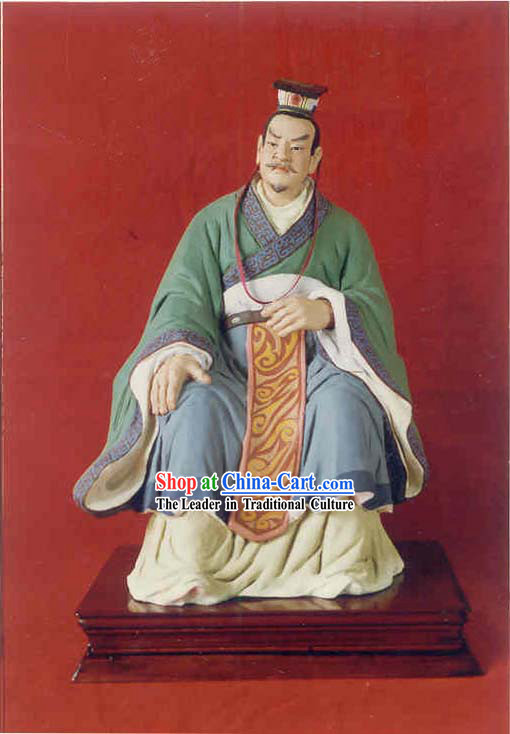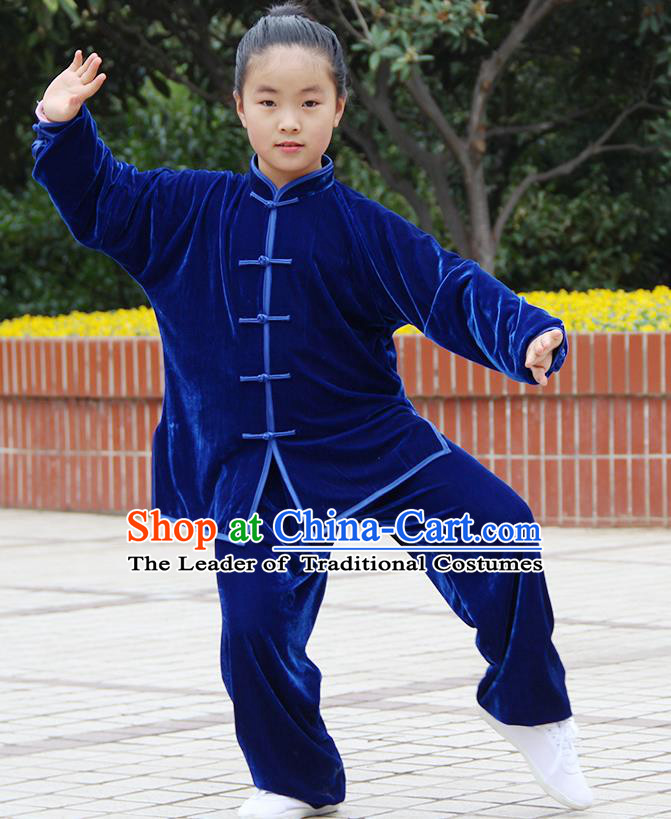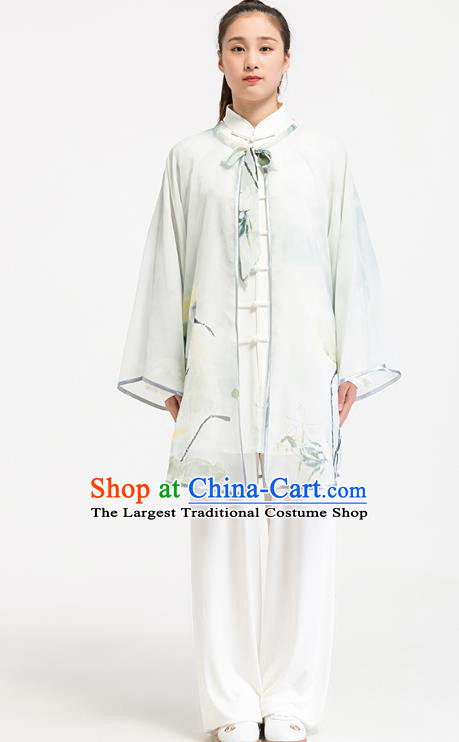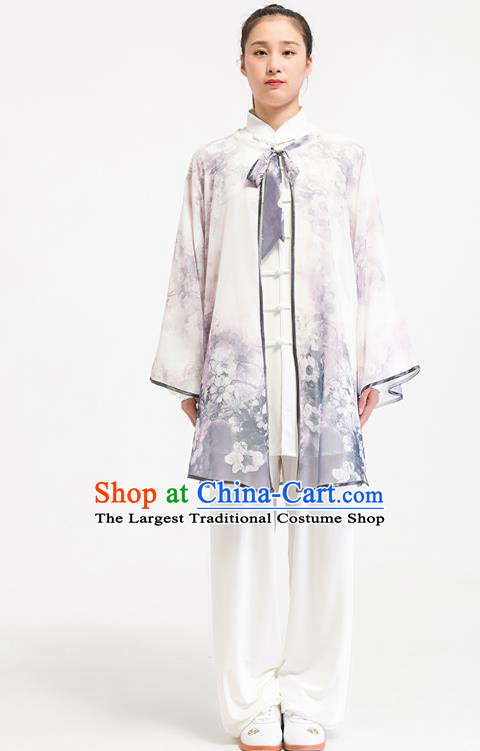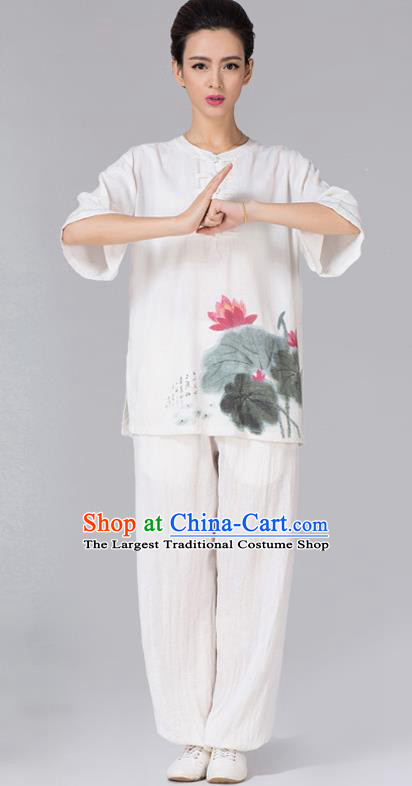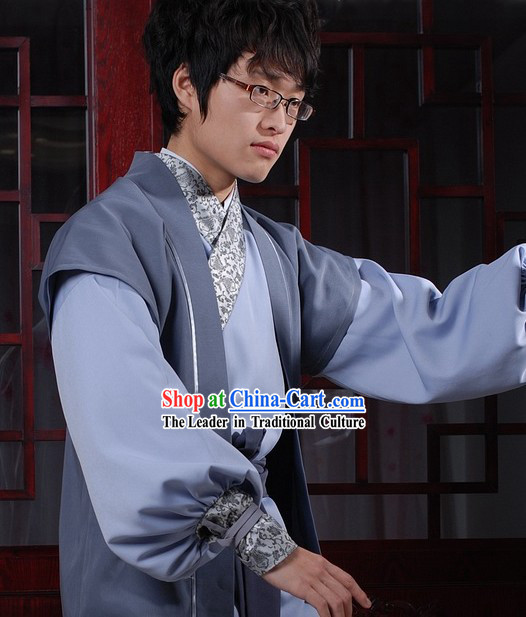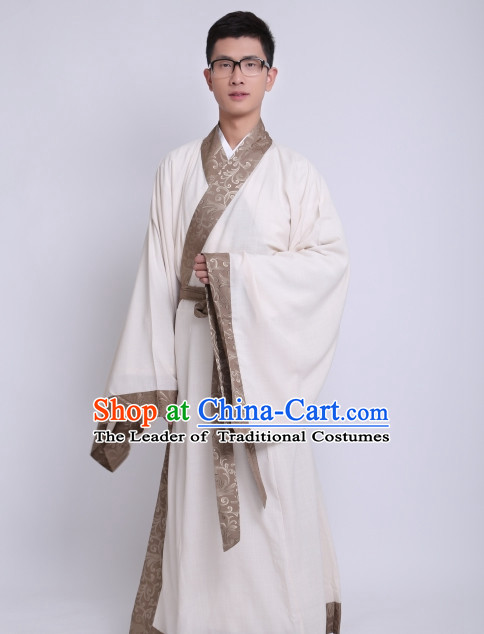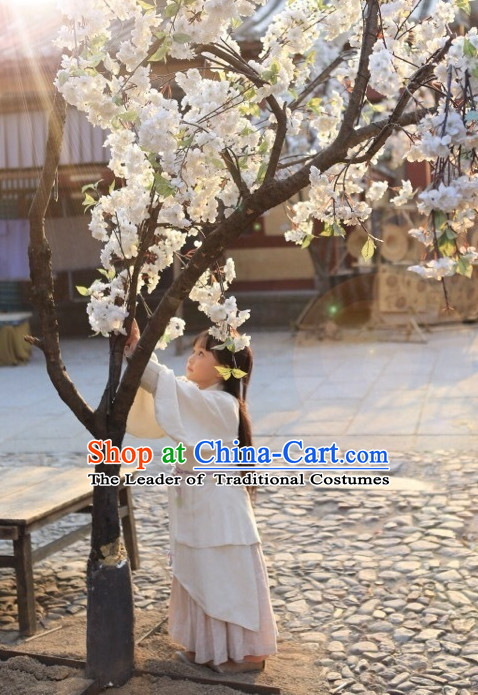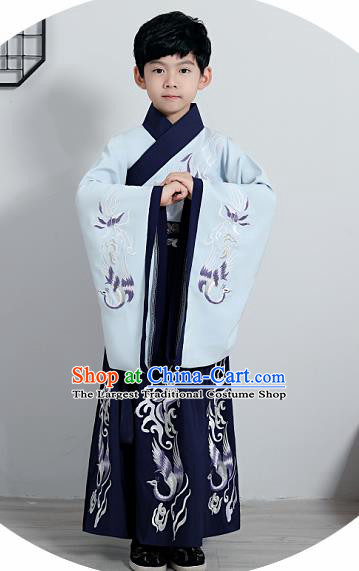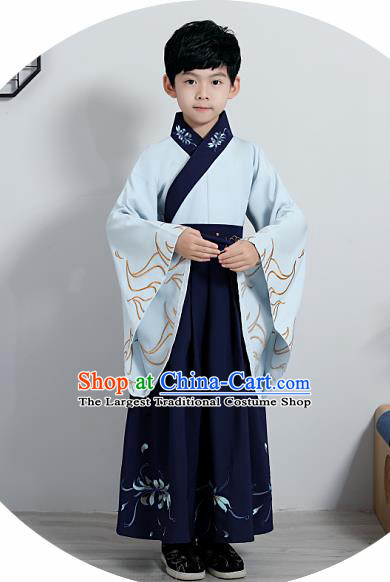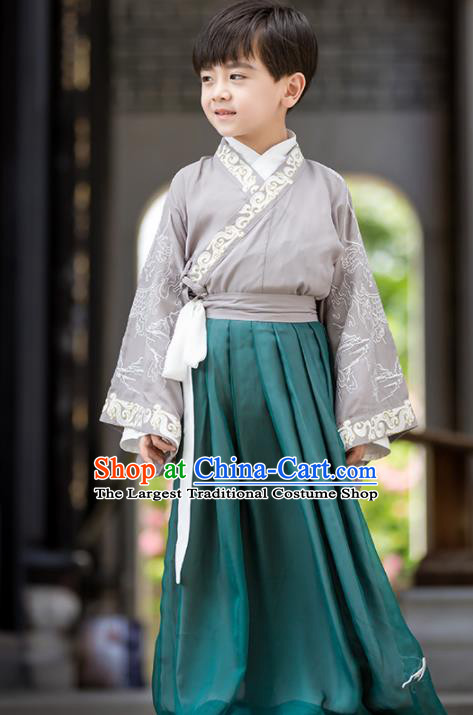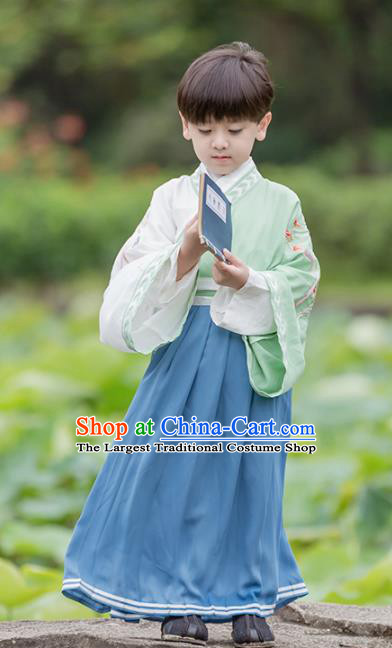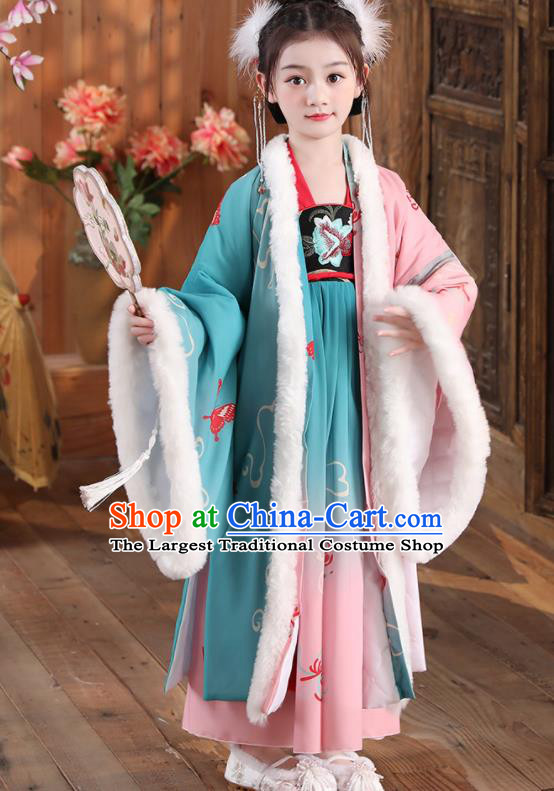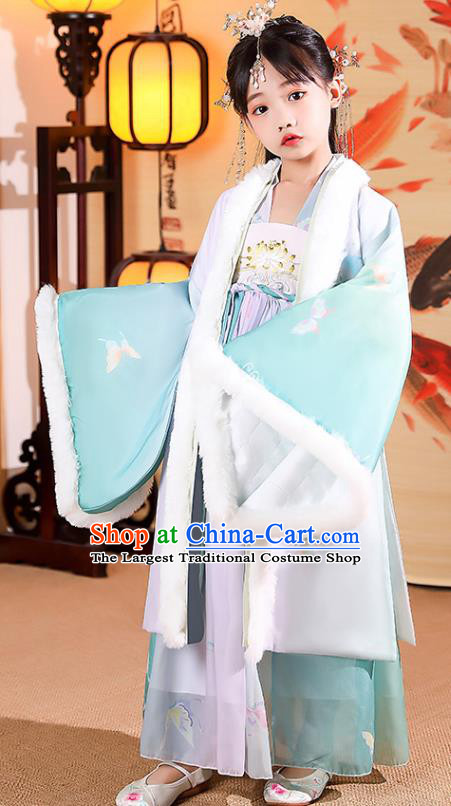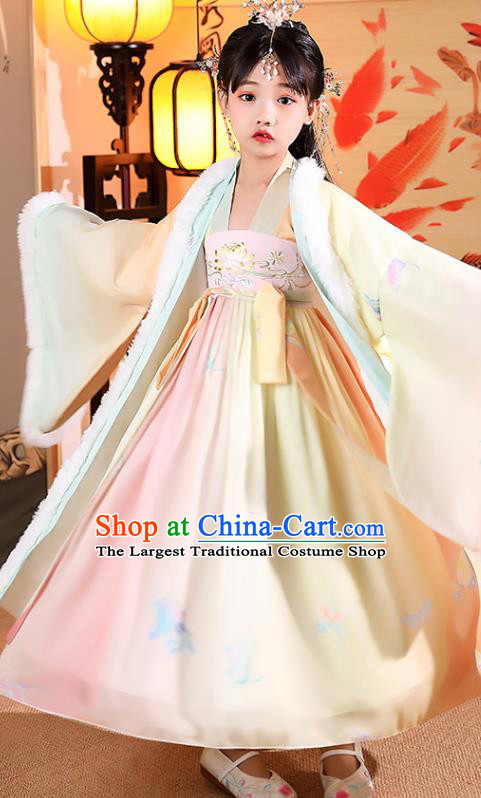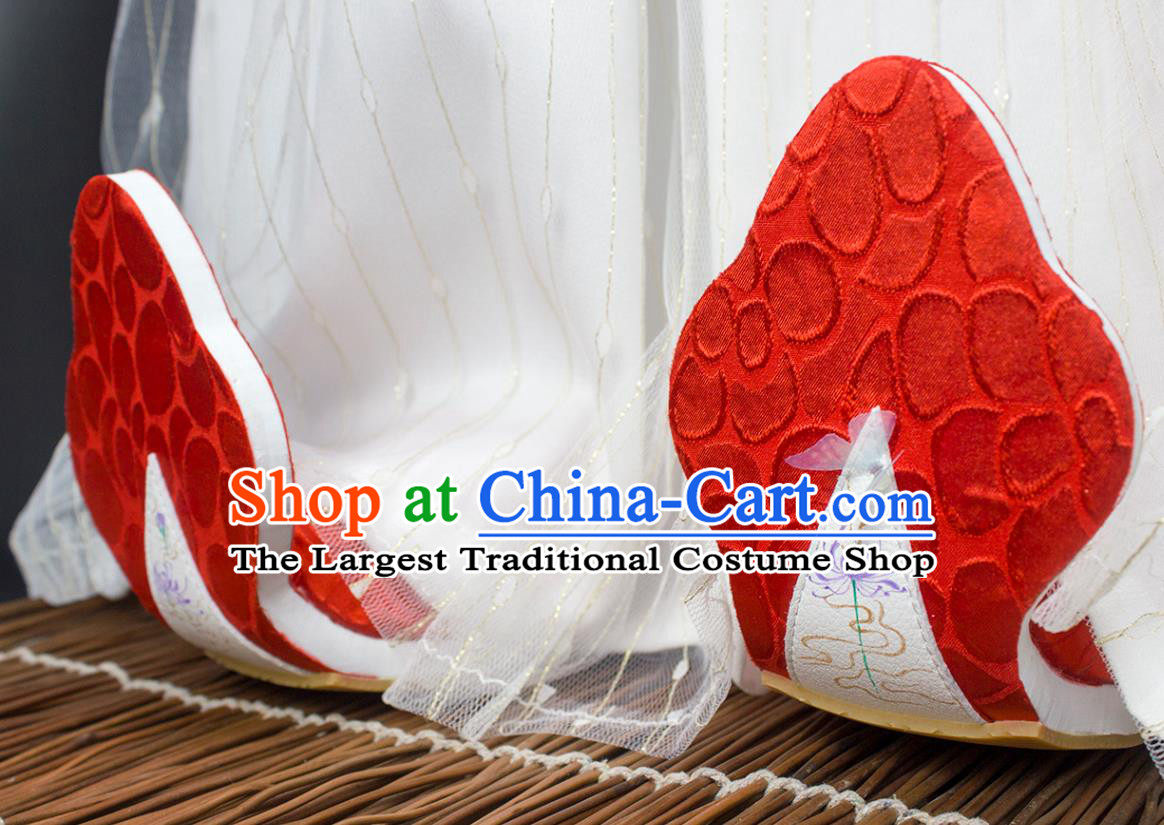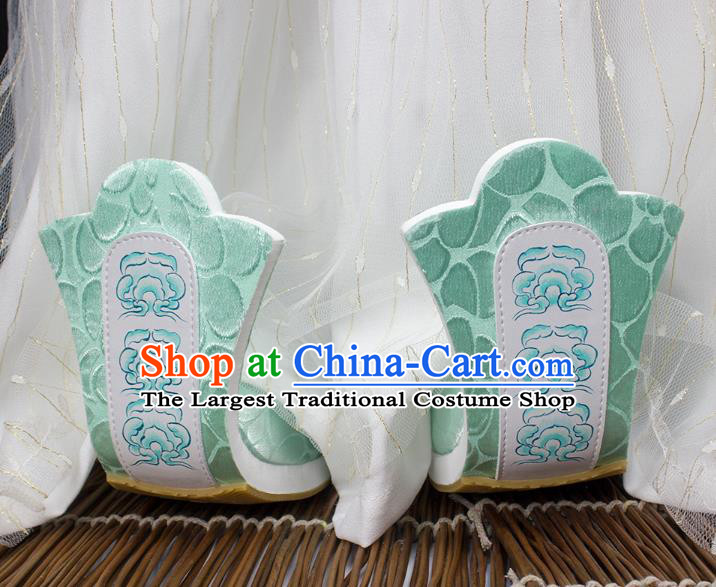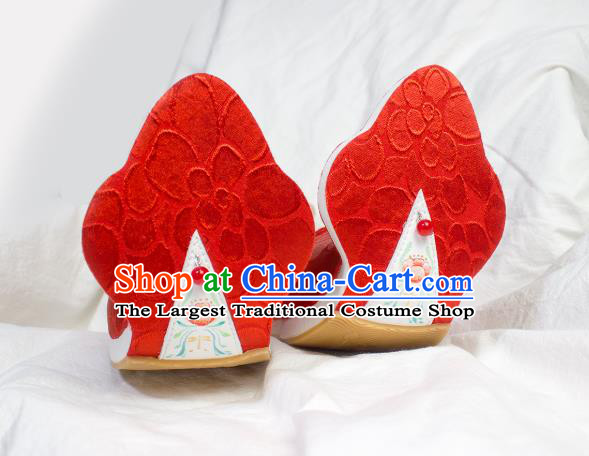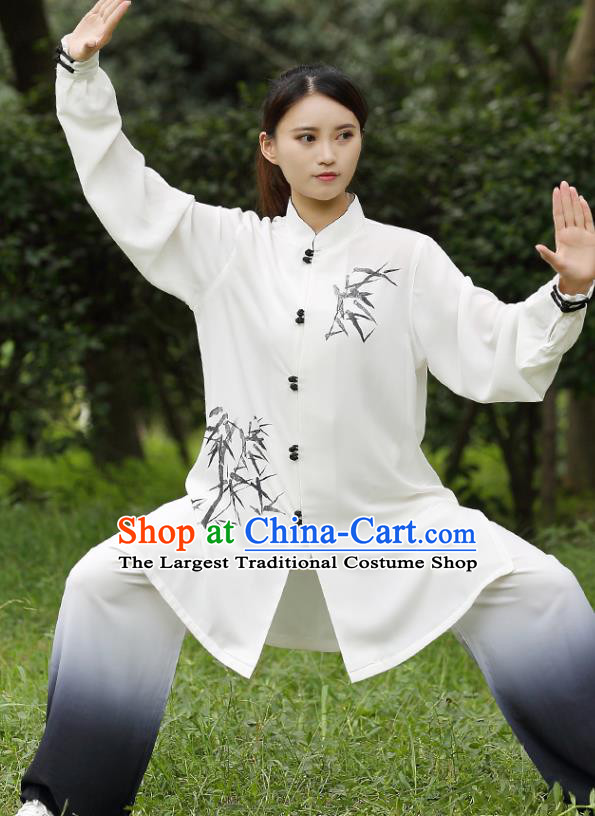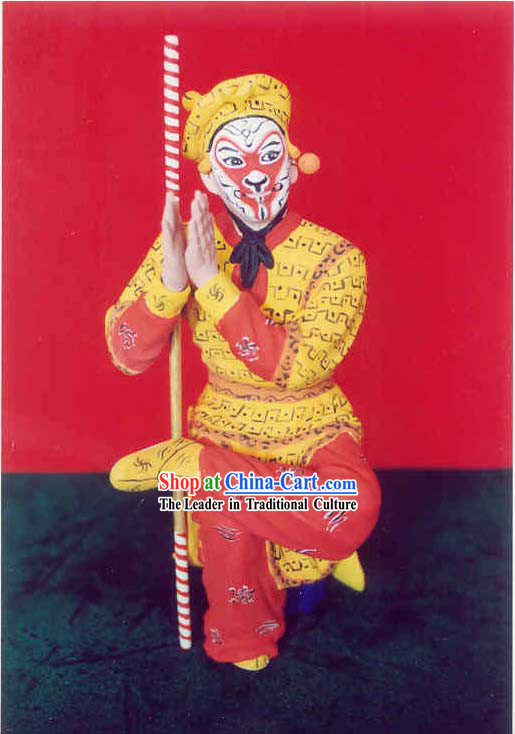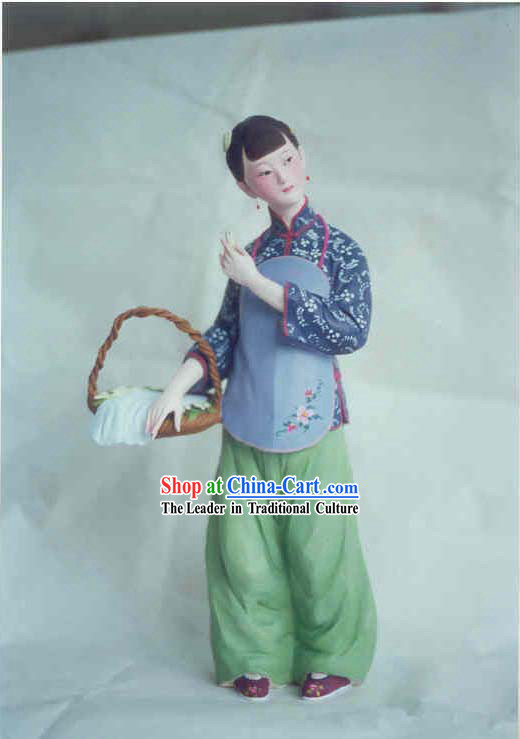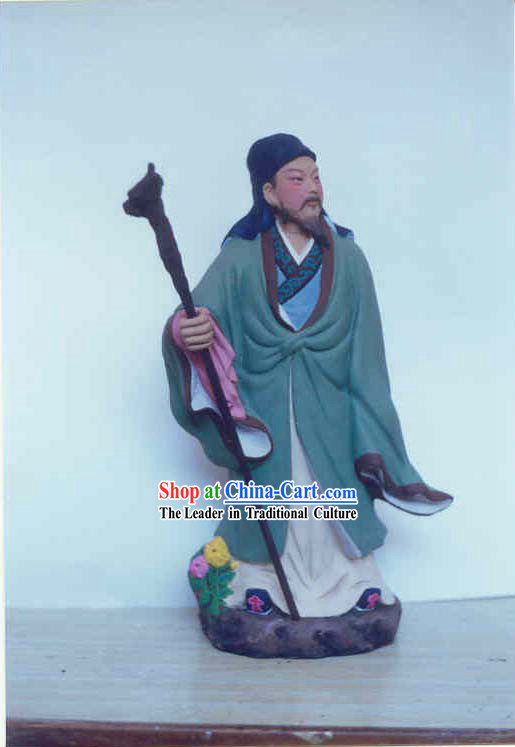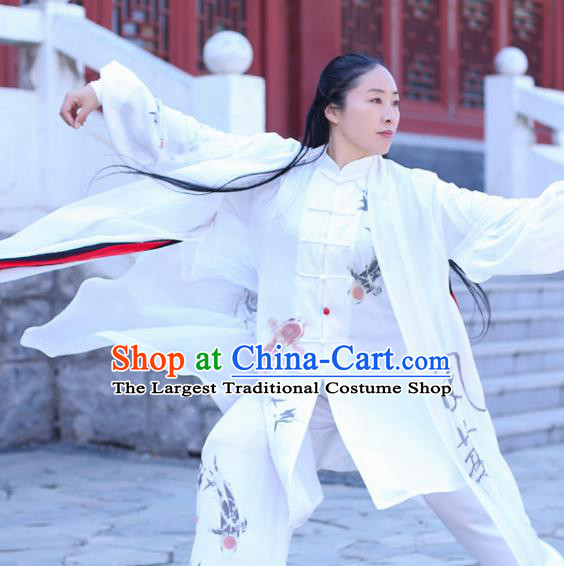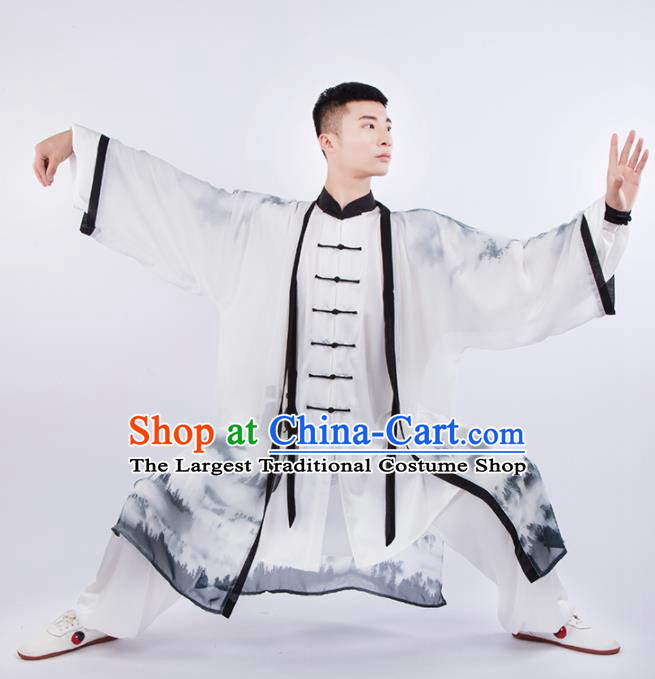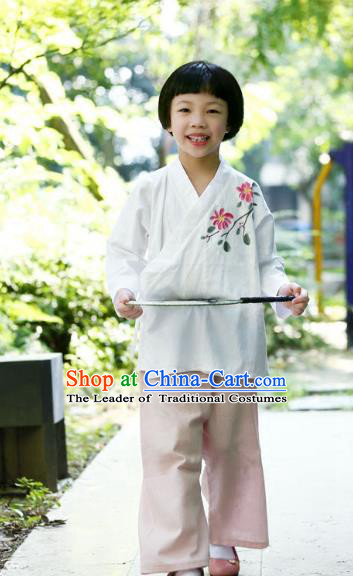
Click Related Pictures for More Audios:
Traditional Chinese Han Dynasty children's Hanfu, a representative of ancient Chinese hand-painted martial arts clothing, provides an elegant, exquisite, and historically significant clothing choice for children.
This Hanfu not only has a unique design and craftsmanship but also carries rich cultural connotations and historical significance.
The design inspiration of Hanfu comes from the ancient Chinese etiquette system, reflecting the aesthetic concepts and social hierarchy of that time.
It usually consists of a long robe, pleated skirt, belt, and headdress, which together form a complete set of clothing.
In Hanfu, colors, patterns, and decorations all have specific meanings, such as red symbolizing good luck and blue symbolizing loyalty.
In addition, Hanfu pays attention to detail processing, such as embroidery, edging, and tapestry, showing exquisite handicraft and the pursuit of beauty.
The history of Hanfu can be traced back to the Han Dynasty period from 206 BC to 220 AD.
During this period, Hanfu became the main clothing of nobles and royal members while also being widely used in daily life and various occasions.
Over time, Hanfu gradually evolved into a more inclusive and diverse clothing style, attracting more and more people's attention and love.
For children, wearing Hanfu is not only a fashionable choice but also a cultural inheritance.
Through wearing Hanfu, they can better understand Chinese history, culture, and traditional values.
At the same time, it helps to cultivate their aesthetic sense, etiquette awareness, and sense of pride.
In summary, traditional Chinese Han Dynasty children's Hanfu is a clothing choice full of charm and historical significance.
It not only demonstrates ancient Chinese aesthetic concepts and craft levels but also provides an opportunity for children to understand and inherit Chinese culture.





